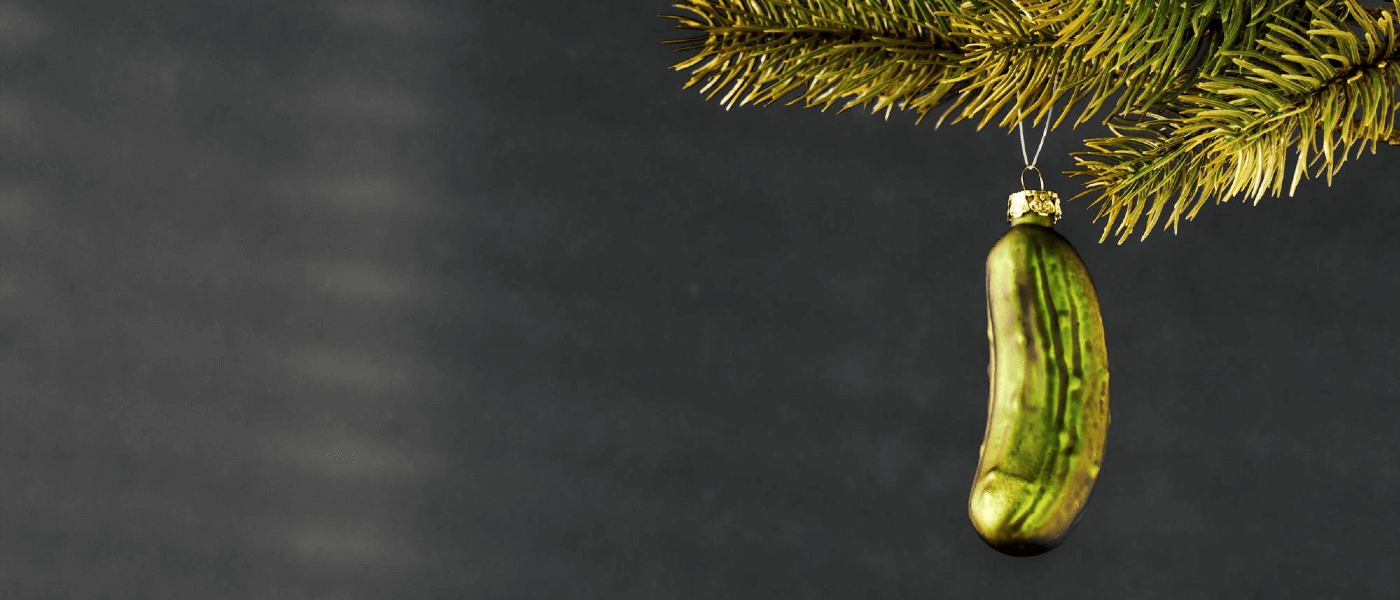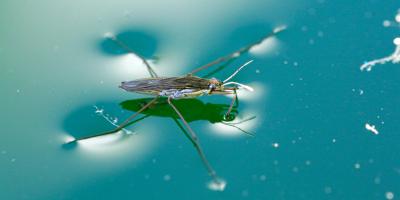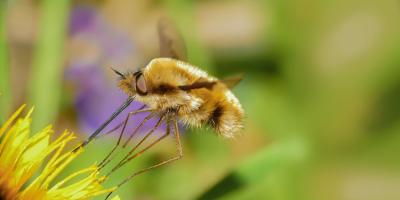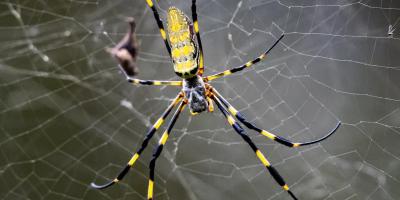Favorite Christmas Tradition for Grocers: Finding the Pickleworm

If you think “Christmas pickle” describes a yuletide predicament, you’ve obviously never searched a Christmas tree for a pickle-shaped ornament. In many American households, Christmas pickles are a family tradition that helps teach children patience, turn-taking and appreciation for their gifts. Although it was thought to be German in origin, the actual history of the Christmas pickle is surprisingly difficult to trace.
Regardless, at least one Christmas decoration retailer reports that pickle ornaments have been company bestsellers for the last 37 years (the company’s founder began importing ornaments into the United States from Germany, which may have contributed to the mythology).
Another origin story has a Civil War soldier, captured by the enemy, asking his captor for one last pickle before he died. His wish granted, he mustered up enough energy to carry on and live long enough to be liberated.
A much less fun (but still quite important) tradition at many grocery stores and home pantries offers a slight twist on this odd Christmas custom, but instead of “find the pickle” it’s “find the pickleworm.”
Portrait of a Pickleworm
Pickleworms start out as thin, white caterpillars that become plump and darker in color as they mature. They prefer to feed on fruit blossoms, but can also burrow into fruits and vegetables like squash, cucumbers and muskmelons, hence their unusual name.
Those vegetables fall under a large category of produce known as cucurbit crops. The Cucurbitaceae family of plants supplies more food for human consumption than any other plant family. Its members also include home-garden staples, like pumpkins and watermelons, which is why this pest can be so devastating.
Eventually these worms will become moths, often visiting nighttime barbecues or flying through gardens after dark. Although the moths themselves may appear harmless, their offspring can wreak havoc on vegetables.
Pickleworm Prevention
Early infestations can be hard to detect. Looking closely, if you notice perfectly round holes chewed into the ends of vines, blossoms or fruit, with soft grass coming out through tiny holes, you may have pickleworm problems. In the same way, you’ll want to double-check any produce you purchase at the store, just in case they weren’t caught by the farmer or grocer.
As pickleworms spread through your garden, damage can get quite extensive. Those tiny holes they chewed in the blossoms might very well prevent fertilization, which will result in a much lower yield. Any fruits or vegetables that do make it through might wind up tarnished with bacteria or fungus that invaded through the holes the pickleworms had chewed.
Controlling pickleworms is no picnic either. You might even choose to cut your losses, salvage what you can from your garden and focus more on preventing future outbreaks rather than try to actually rid yourself of these pests.
Next season, try installing floating row covers at night, uncovering them during the day to allow bees to pollinate the flowers. Another option is to spray a beneficial bacteria called Bacillus thuringiensis. This naturally occurring bacterium is common in soil and causes disease in certain insects like leaf and needle-feeding caterpillars. It paralyzes the digestive tract of the insects and causes them to essentially starve to death.
You have to treat your crops before the pickleworm moths can deposit caterpillars, because once those infiltrate your garden there’s no going back, so spray early and often.
Found another worm in your apple? Send a pic to Dr. Gary and we’ll help you identify it!



